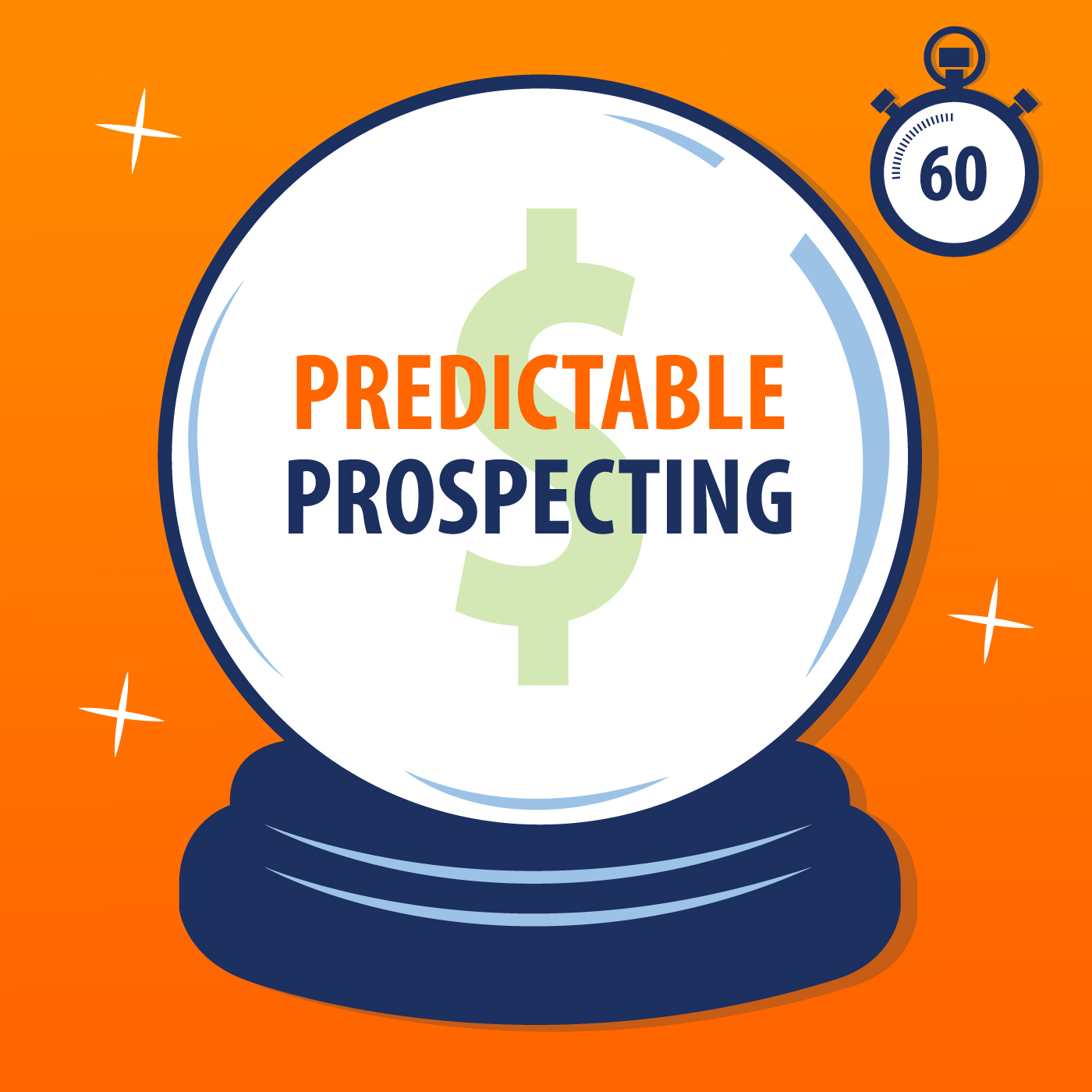
There are a lot of different things that you can try when you need to make more sales. But one of the most effective things that you can do to become a great salesperson is work on your leadership skills. Today’s guest is Deb Calvert, President of People First Productivity Solutions. In today’s episode, she’ll … Read more
Episode 98: How to Get Noticed – Tsufit
You may not think of yourself a performer, but prospecting and performing have some important things in common. In both cases, it’s important to get yourself noticed and stand out from the crowd. Today’s guest is an expert in the art of getting yourself noticed. Tsufit is a former lawyer who left the legal profession … Read more
Episode 97: The Importance of Automated Systems – Matt Benati
My guest today is Matt Benati, the CEO, and co-founder of LeadGnome. As salespeople, we tend to focus on the perfect pitch, the hottest leads, and the smartest marketing strategies. With all this noise and bustle we forget that there is an existing client base that needs just as much attention as a new client. … Read more
Episode 96: Frontline Sales – Dave A. Brock
It’s important for prospectors to understand the entire funnel, not just the top and middle of the funnel. Today’s guest has a breadth of knowledge for the entire funnel and a particular focus on frontline sales, leadership, and managers. Dave A. Brock is the CEO of Partners in EXCELLENCE, a California-based consulting organization that focuses … Read more
Episode 95: Speedy-Selling 2 Universal Prospect Conversation Mistakes
A 5-minute quick listen on the 2 universal mistakes we make when holding conversations with buyers.
Episode 94: Serial Entrepreneurs – Mansour Salame
Being an entrepreneur doesn’t always stop with creating one successful business. Some entrepreneurs make a business out of creating different businesses. Today’s guest is a serial entrepreneur that creates businesses and sells them. Mansour Salame is an engineer by training, and he is currently the CEO and founder of a company called FrontSpin. However, Mansour … Read more
